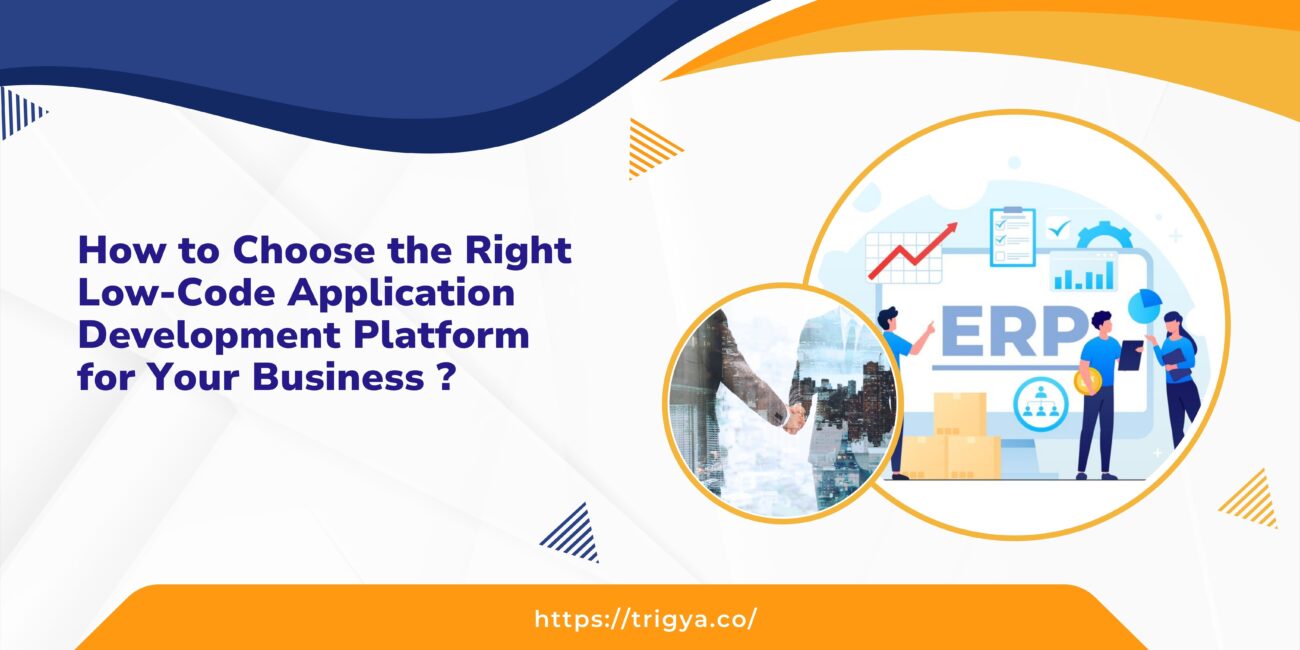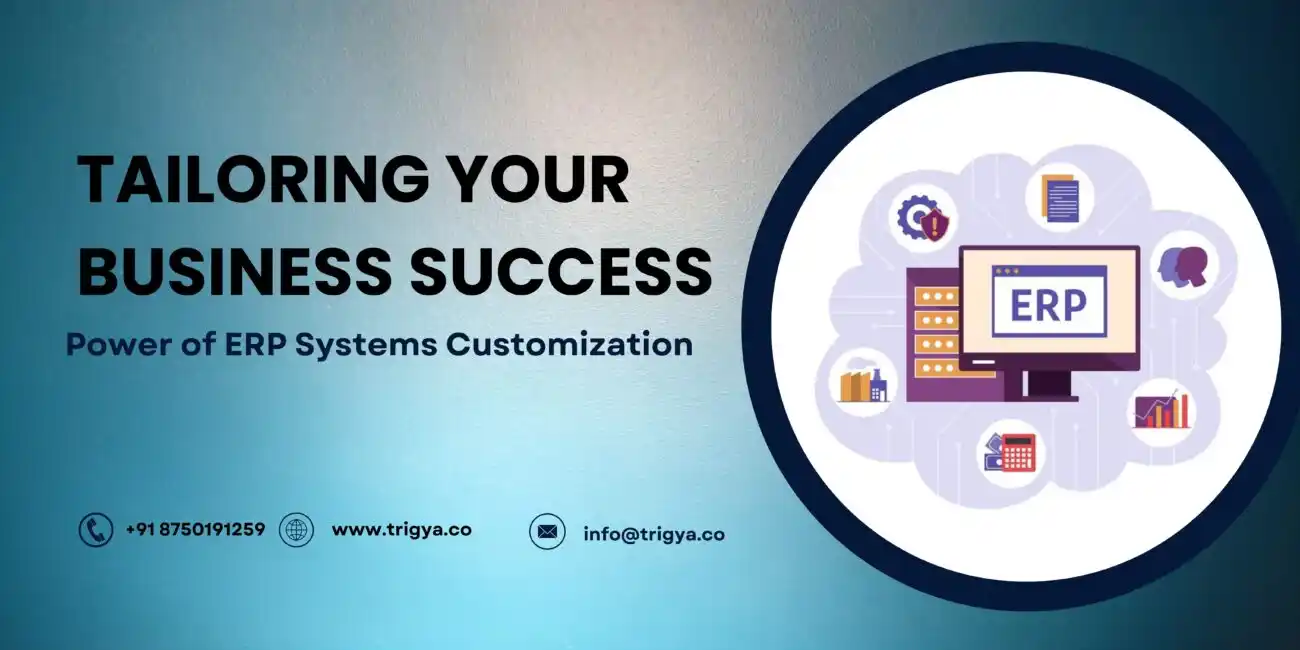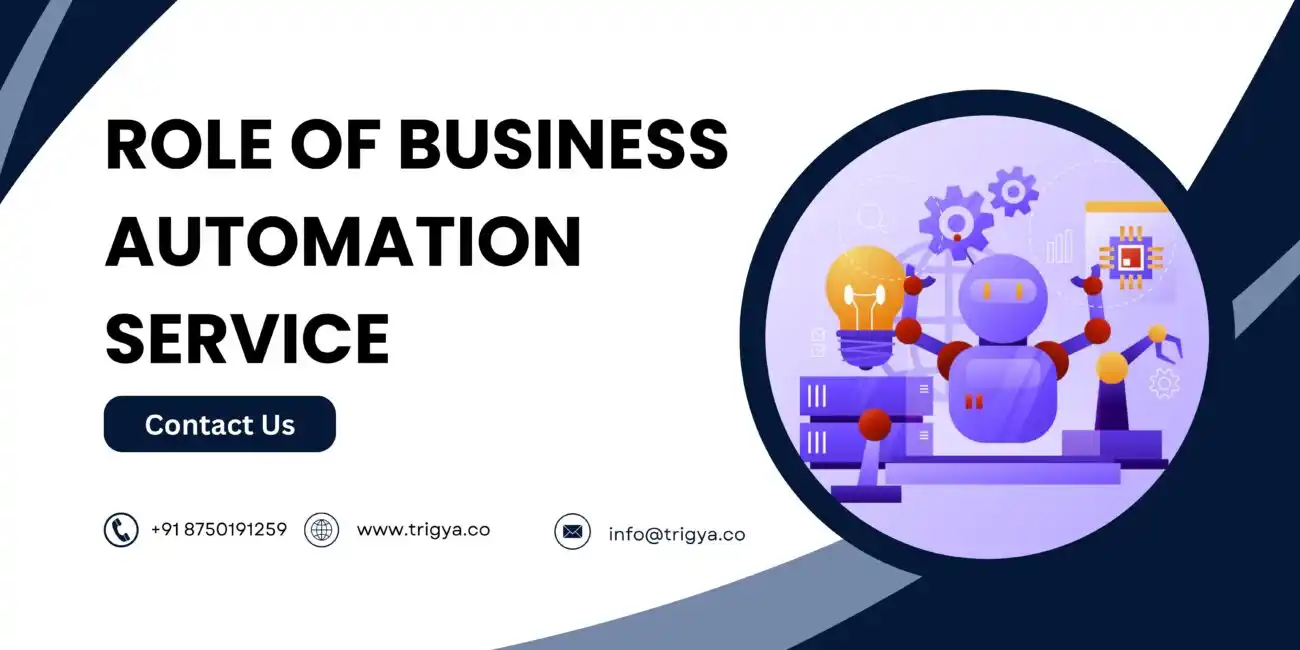The rapid pace of technological advancement has made replacing legacy systems a crucial move for businesses striving to maintain their competitive edge. Older systems often lack the adaptability and functionality needed to meet modern demands. By adopting custom ERP solutions, companies can elevate efficiency, reduce operational bottlenecks, and prepare for future growth.
Why Businesses Must Consider Replacing Legacy Systems ?
Legacy systems, while initially designed to address business needs, often fall short in the face of rapid technological advances. They tend to become costlier to maintain over time and less capable of adapting to new business requirements.
Key Issues with Legacy Systems
Integration Challenges
Legacy systems struggle to communicate with modern software tools, limiting data sharing and creating silos within organizations. As businesses adopt new technologies, integration becomes critical, and legacy systems simply cannot keep up.
Rising Maintenance Costs
As software ages, the cost of maintaining it increases. Finding skilled professionals who understand outdated systems can also be difficult and expensive, leaving businesses with rising operational costs.
Lack of Flexibility
Modern businesses require systems that can scale and adapt to changing needs. Legacy systems, by contrast, are often rigid, unable to incorporate new workflows, processes, or modules that are vital for growth.
Security Vulnerabilities
Older systems typically lack robust security features, making them more susceptible to cyber-attacks and data breaches. As data privacy becomes more critical, upgrading to a secure ERP system is essential.
The Benefits of Custom ERP Solutions
Switching to custom ERP solutions offers several distinct advantages over maintaining legacy systems. These benefits go beyond efficiency and automation; they also enhance overall business agility and provide a competitive edge.
1. Streamlined Operations
A key benefit of implementing custom ERP solutions is that they allow for the centralization of business processes. When integrated, various functions such as sales, finance, inventory, and HR can communicate seamlessly, ensuring smoother workflow and reducing redundancies. Employees spend less time tracking down information and more time focusing on higher-value tasks.
2. Scalability and Flexibility
A modern ERP system is built with scalability in mind, allowing businesses to adapt as they grow. Whether it’s accommodating more users, supporting additional data, or integrating new technologies, custom ERP solutions grow with your business, offering the flexibility needed to thrive.
3. Improved Decision Making
Custom ERP systems provide businesses with real-time data and analytics, enabling faster and more informed decision-making. With key metrics and insights available at a glance, businesses can stay ahead of market trends, identify inefficiencies, and make proactive adjustments.
4. Cost Savings
While the upfront costs of replacing legacy systems may seem daunting, the long-term savings are significant. Custom ERP systems reduce maintenance expenses, eliminate inefficiencies, and improve productivity, offering a strong return on investment over time.
5. Enhanced Security
Modern ERP systems come equipped with advanced security protocols that protect sensitive data. This is especially critical in industries like healthcare, finance, and manufacturing, where data privacy and security are paramount.
Steps for Successfully Replacing Legacy Systems
Replacing legacy systems requires a structured approach to minimize disruption and ensure a smooth transition. Below are the key steps to follow when upgrading to a custom ERP system:
Step 1: Assess Your Current Systems
Before you begin the migration, it’s essential to conduct a thorough assessment of your current systems. Understand the limitations of your existing legacy systems, identify pain points, and determine what features and functionalities are crucial for your business.
Step 2: Choose the Right Custom ERP Solution
The next step is to select an ERP solution that meets the specific needs of your business. Work with experienced partners to choose a platform that aligns with your objectives.
Step 3: Create a Migration Plan
Migrating to a new ERP system requires careful planning. This includes designing a phased approach for implementation, data migration, training for staff, and setting timelines for each phase of the project. A detailed roadmap ensures minimal disruption to business operations.
Step 4: Test the System
Before going live, thoroughly test the new system. This includes performing quality assurance tests, data validation, and user acceptance testing (UAT). Ensuring that everything works seamlessly before full implementation is critical for avoiding post-launch issues.
Step 5: Ongoing Support and Optimization
Once the system is in place, it’s essential to continue monitoring its performance. Regular maintenance, updates, and optimizations help keep the system running smoothly.
How Trigya Innovations Helped Naughty Ninos with ERP Transformation ?
Naughty Ninos, a rapidly growing children’s apparel brand, faced several operational inefficiencies due to their reliance on legacy systems. As the company expanded, they struggled to manage inventory, track sales, and coordinate across departments. Their outdated system was hindering their ability to scale and meet growing customer demands.
Recognizing the need for change, Naughty Ninos partnered with Trigya Innovations to implement a custom ERP solution designed to streamline their processes and enhance operational efficiency.
We worked closely with the Naughty Ninos team to assess their needs and develop an ERP solution tailored to their unique business requirements. The implementation of the new ERP system included:
-
Inventory Management: The custom ERP system integrated with real-time inventory data, allowing the company to track stock levels and streamline order fulfillment.
-
Sales and Reporting: With automated sales tracking and reporting, the company gained real-time insights into sales performance, helping them make informed decisions on product offerings and pricing.
-
Cross-Departmental Coordination: The new ERP system improved communication between sales, finance, and supply chain teams, ensuring that all departments were aligned and working from the same data.
-
Customer Experience: With the new system in place, Naughty Ninos was able to respond more quickly to customer inquiries and better manage orders, leading to improved customer satisfaction.
This transformation allowed Naughty Ninos to cut costs, increase operational efficiency, and scale their operations to meet growing demands.
To see the full transformation in action, watch the Naughty Ninos ERP case study on YouTube! Discover how we helped drive operational success and growth for the brand through the implementation of a custom ERP solution.
Final Thoughts
Replacing legacy systems is a transformative process that empowers businesses to streamline operations, enhance productivity, and prepare for the future. By adopting custom ERP solutions, companies can not only improve operational efficiency but also gain the flexibility and scalability required to thrive in a competitive market.









